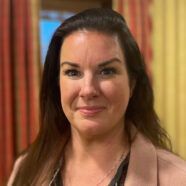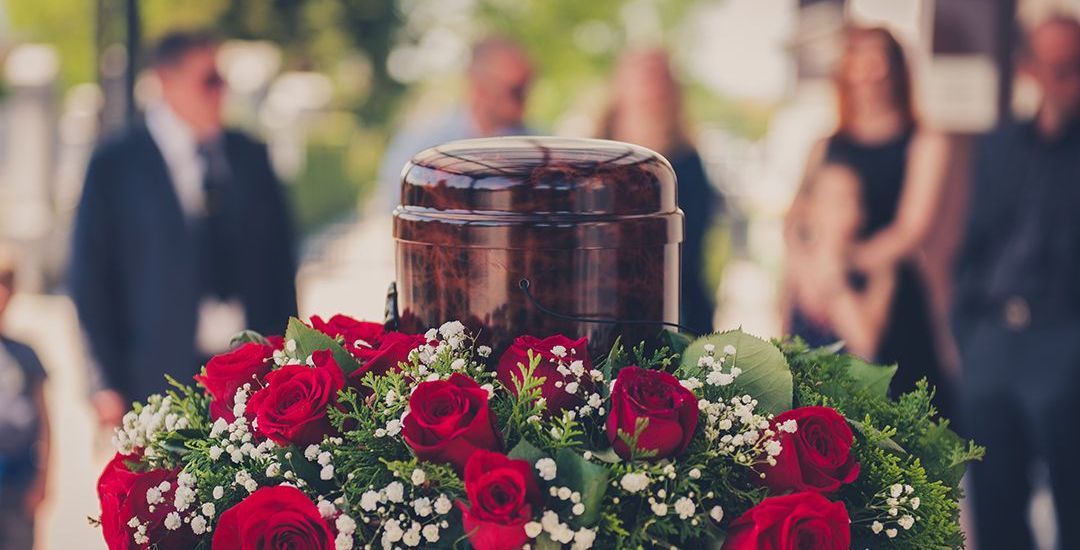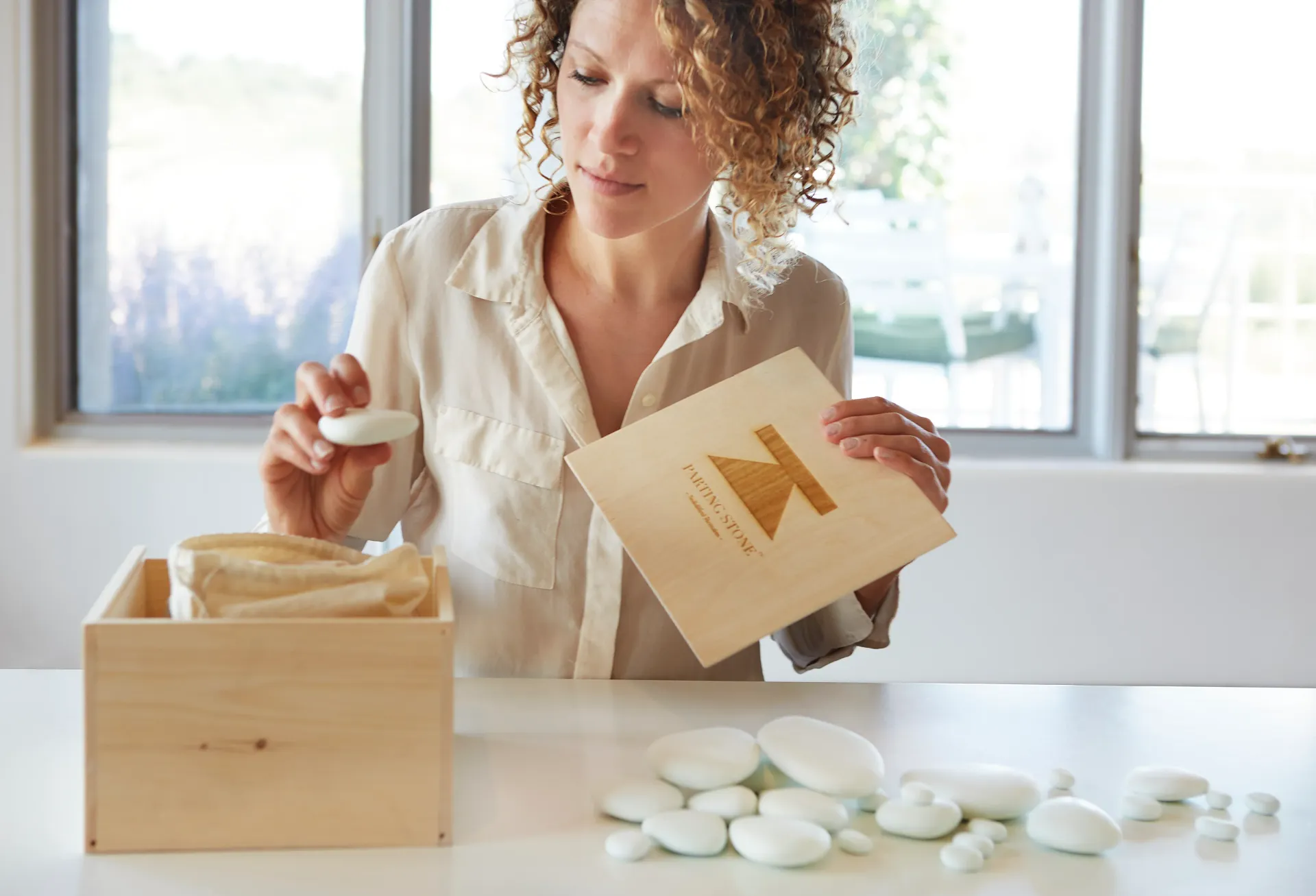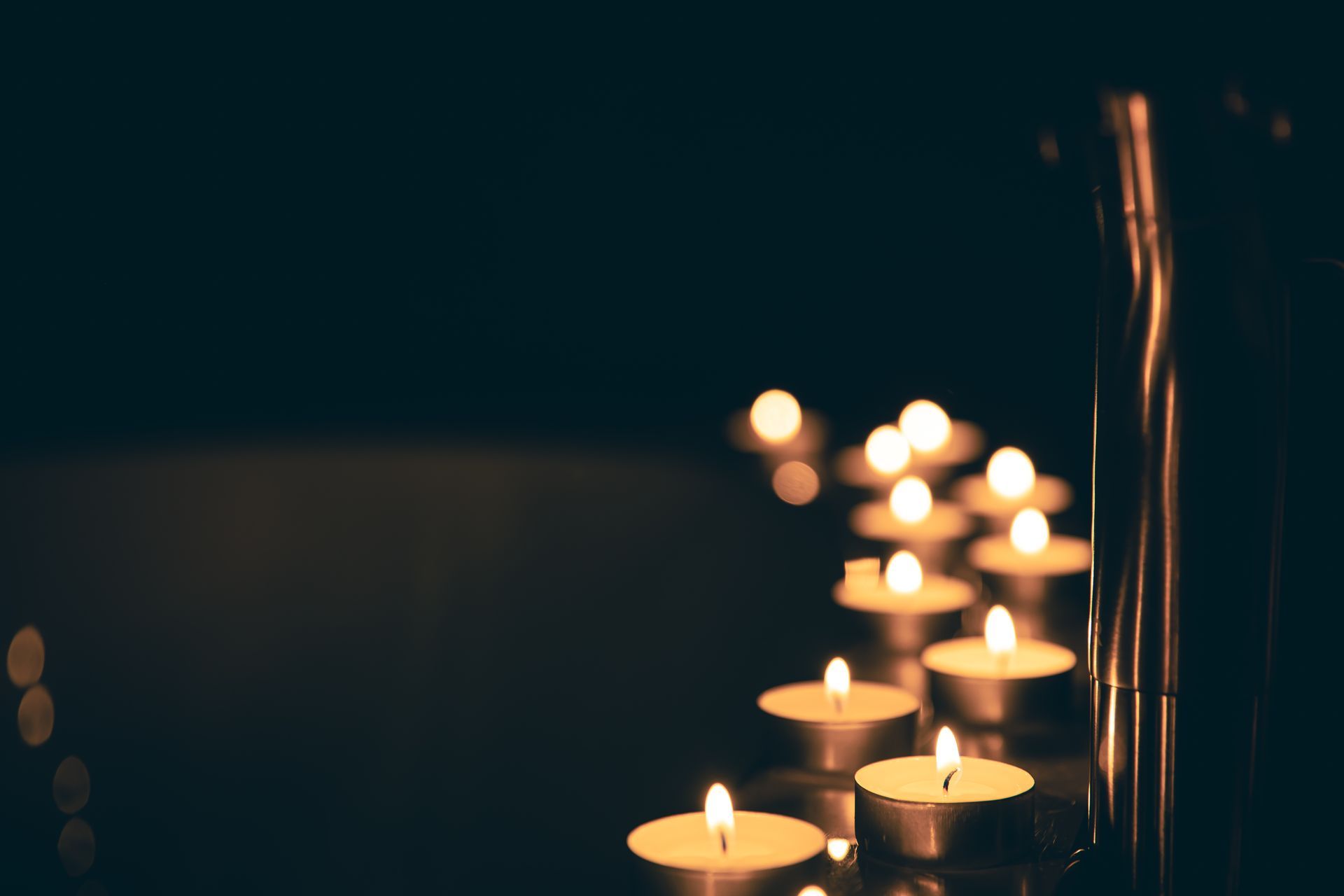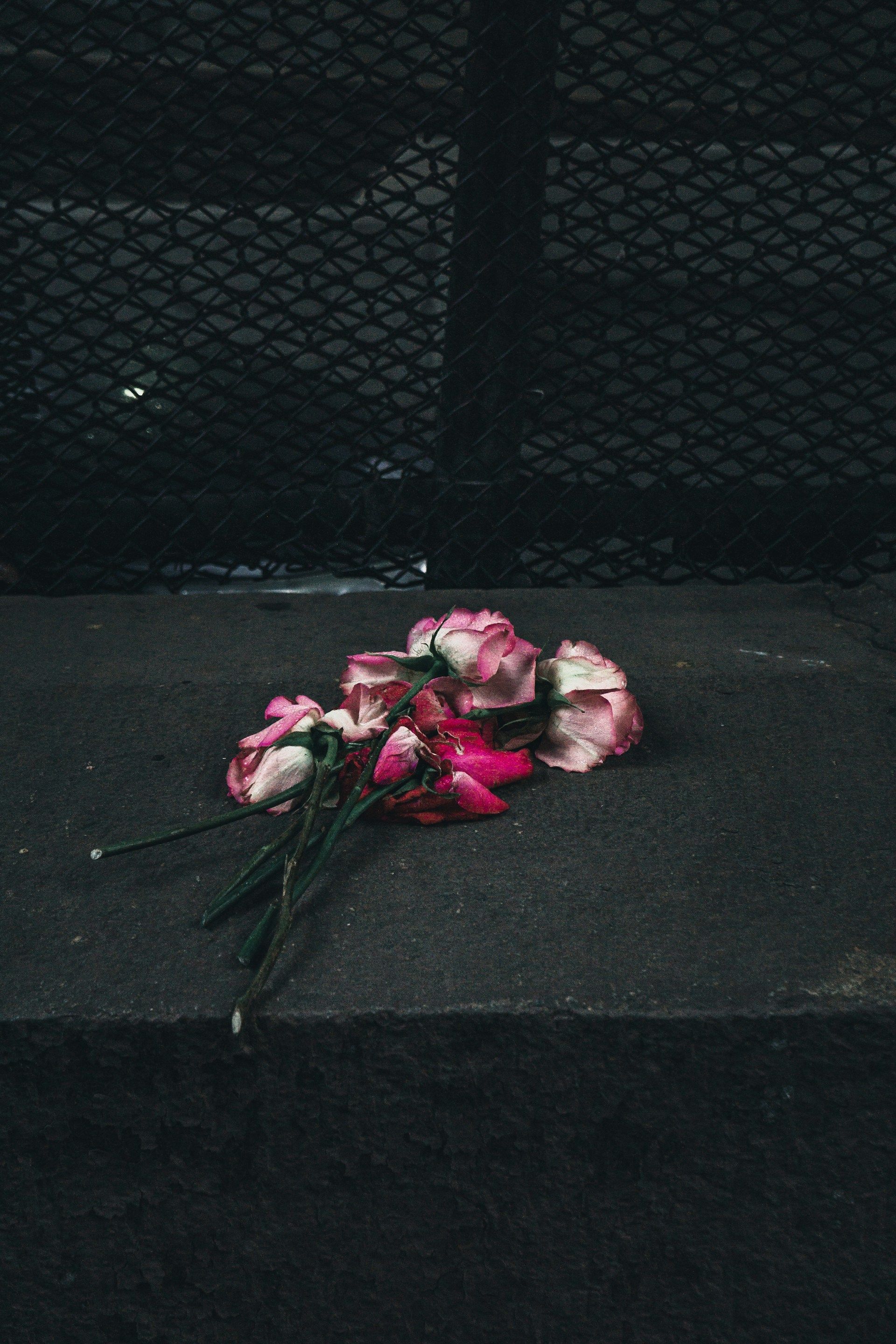The Rough Patch by Brian Lies Helps Children Understand Death and Grief
The Rough Patch by Brian Lies Helps Children Understand Death and Grief
Join us in conversation with author-illustrator Brian Lies about his Caldecott Honor Award winning picture book, The Rough Patch , a beautiful and powerful story of grief following the loss of a beloved pet. Brian’s book gently teaches children about loss and love and takes readers on a journey of grief through the rough patches and into healing and hope.
Children’s book author/illustrator Brian Lies has created over thirty children’s books, including his 2019 Caldecott Honor book, The Rough Patch,
and the New York Times
bestselling bat books ( Bats at the Beach,
Bats at the Library
, Bats at the Ballgame
and Bats in the Band). He has three new books coming out in 2021 and 2022. His work has been featured on The Martha Stewart Show,
named as a top ten book of the year by Time/CNN, and read aloud on NPR’s Weekend Edition Saturday
by Scott Simon and Daniel Pinkwater.
Brian spends part of the school year traveling throughout the United States to work with students and encourage them in their goals. He lives with his family in Duxbury, Massachusetts. Brian recently took the time to answer some questions about The Rough Patch :
What was your inspiration for this book ?
The book actually grew out of my own experience with gardening. I was weeding my vegetable garden—again—when I wondered if I was doing it all wrong. I was pulling weeds, but that was all the garden seemed to want to give me. What if I tried to trick it—TEND to the weeds, rather than pulling them? Would the garden, confused, decide to give me what it now thought I DIDN’T want—the carrots, peas and beans I’d actually planted?
I started imagining a character who was angrily, stubbornly taking care of a garden full of noxious plants, and it suddenly turned out that he was reacting in grief to a terrible loss.
How can this book be used to help children understand death and grief?
I think many adults are afraid of having conversations about hard subjects with their kids. “They don’t know anything about death yet, why should I upset them?” “I’m tired, it’s a lot of work, and I’m not a psychologist.” “They’re not old enough.” But then they suffer a loss, whether it’s the actual death of a family member or a pet, or the symbolic death that comes from the end of a friendship, moving to a different house, or losing a prized possession—and they’re not equipped to handle the feelings. But a book can be a safe way for a child—or an adult!—to approach some of these difficult feelings. If it gets too intense, they can put the book down, and come back to it when they’re ready. And books, like other art forms, connect with our emotions and can release blockages that we don’t even know exist. Anyone who has cried while looking at a painting, hearing a piece of music or watching a film knows this.
How have children responded to this book when you do a school visit or book reading?
At the beginning, I was hesitant to read The Rough Patch to groups in schools I was going to visit. But a media specialist told me, “Why don’t you let them choose?” And that’s been my modus operandi in schools since. If I give a group the choice between “a book that has a very sad part in the middle but ends with hope” and however I describe another option they almost universally select the “difficult book.” They WANT to deal with difficult things, because though safety is important, they KNOW that life is going to throw some very hard things at them. And it’s scarier to have difficult subjects be taboo—”if Mom and Dad won’t talk about it, it must be REALLY bad!” I’ve been shocked and inspired by how young people have reacted to this book. Ask them what the pumpkin vine that sneaks in under his fence has given to Evan, and more than half the time, the first answer isn’t “…a pumpkin.” It’s just as likely to be “hope.” “Good feelings about the memory of his dog.” Or “Love.” Young people have much greater emotional intelligence than many of us give them credit for.
What do you hope readers will take away from this book?
I hope that readers will feel some form of catharsis, an emotional reaction based on some loss that they’ve experienced—but leave the last page feeling hopeful. We are almost never handed something that we can’t manage.
What was your approach to illustrating this story?
When I first wrote The Rough Patch , it appeared in a sketchbook as a rush of words and thumbnail sketches (tiny, loose drawings). Many of those original sketches actually appeared in the book, though reworked many times. But at first, I imagined them all as pictures that filled every inch of the pages. It felt much heavier than the final book does. Some years later, I had a wonderful afternoon in which I reimagined all of the artwork with lots of white space, and it felt so much airier and more open. In two or three hours, I’d sketched out the whole book, roughly as it appears now. That was when I knew that I really had to pursue this project. It seemed quick—but was actually the result of years of subconscious reworking.
Is there anything else you want us to know about this book?
First of all, for me this is not a book about “pet loss.” The loss of Evan’s dog is representative of all of the different kinds of loss that we suffer in life, and the dog is merely the “meditative object” that lets us feel and explore the emotions of loss.
Second, I’ve been delighted to learn that it’s “not just a children’s book,” which I’d felt from the beginning. An acquaintance from high school is now a hospice nurse, and she told me of visiting an elderly woman, with two twenty-something relatives who were sitting in the kitchen, and either didn’t want to or couldn’t talk with her about their relative’s situation. She told me she left The Rough Patch on the kitchen table as she went in to consult with the hospice patient, and when she came out, the two young men had read the book and now were ready to talk—they were full of questions for her. What could be more fulfilling for an author to know that one’s work has helped people break through some of their most difficult barriers?
What does it mean to you to be awarded a Caldecott Honor for this book?
Being awarded a Caldecott Honor was a staggering surprise (you can read elsewhere about how I didn’t learn about it until it was announced publicly, rather than getting an early-morning phone call). And it was—and still is—incredibly validating. This story wasn’t an easy one to create, or to get published. But it was one that simply wouldn’t let me go, and that makes the award that much more meaningful.
Did you have a beloved pet as a child and/or adult?
My older sister was allergic to fur, so we never had cats or dogs as pets—we had odd things like newts, gerbils and rabbits. Not as cuddly! But as adults, my wife and I have been lucky enough to have the best cats in the world as companions. And yes, we’ve suffered the heartbreak that comes from sharing your space with a creature who has a shorter natural life span than we do. It’s terrible.
Do you have any new books coming out?
Yes— in 2021, I’ve got two picture books featuring a little bat wearing yellow floaties who appeared as a kind of “Easter egg” in my four previous bat books ( Bats at the Beach, Bats at the Library , etc.). The first is LITTLE BAT in NIGHT SCHOOL and the second is LITTLE BAT is UP ALL DAY (a flip on most kids’ desire to try to stay up all night). I’ve also just signed on to illustrate a book by a writer whom I love, but that hasn’t been announced yet, so I can’t say anything more!
For more information, visit Brian’s website at www.brianlies.com. You can follow him @BrianLiesbooks on Twitter or at BrianLies on Instagram. His books can be purchased at any independent bookseller, as well as online merchants such as Amazon or Barnes & Noble.
